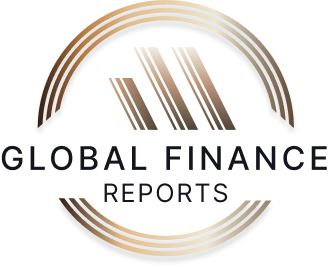The future of the economy in 2024 depends on the trajectory of key economic trends and policies that are expected to shape the economy in the near future.
Inflation: Inflation in 2024 is expected to remain low, with the average annual rate of growth staying below the 2.0 percent maximum set by the Federal Reserve. The Fed’s rate increases are intended to slow the economy gradually, preventing it from overheating and avoiding deflation. This should aid in stabilizing inflation levels at a moderate rate, as long as the money supply and economic growth remain on the same trajectory.
Interest Rates: Interest rates are expected to remain low for the foreseeable future. The Federal Reserve has announced plans to maintain its target rate until 2023 at the earliest, or until prices are rising at a 2.5% or higher annual rate. This cautious approach to rate increases should keep borrowing costs low and support economic growth.
Housing: The U.S. housing market is expected to remain strong, especially in regions with strong job growth and rising wages. Low mortgage rates will continue to spur creation of starter homes, and the growing economy should lead to increasing demand for housing.
Unemployment: The U.S. unemployment rate is projected to remain low, with first-quarter 2022 estimates coming in at 5.6%. A more competitive and stronger economy should lead to increased job opportunities and the employment rate should remain steady or even rise further.
GDP: The U.S. GDP is projected to notch a steady level of growth in 2024, with the growth rate estimated to range between 2.5 % and 3.5 %. Given the current economic policy environment, consumer spending and business investment should remain on track for the foreseeable future.
